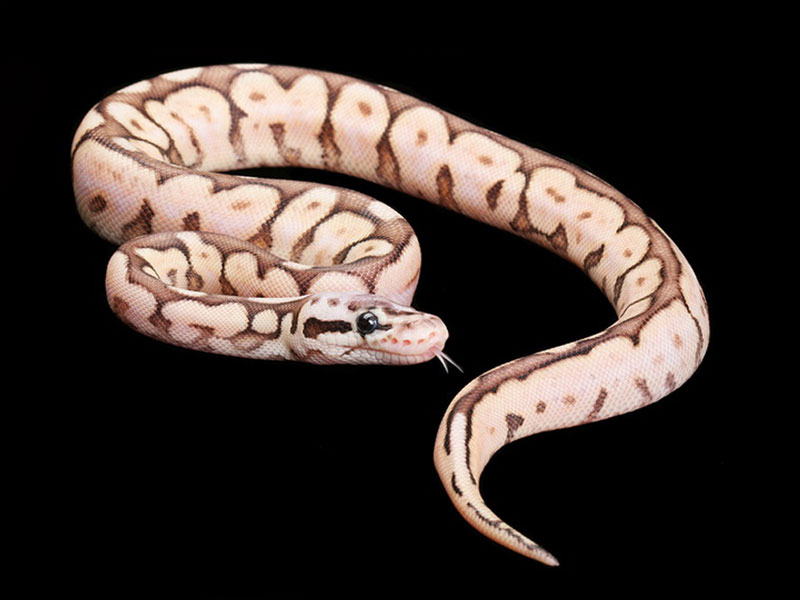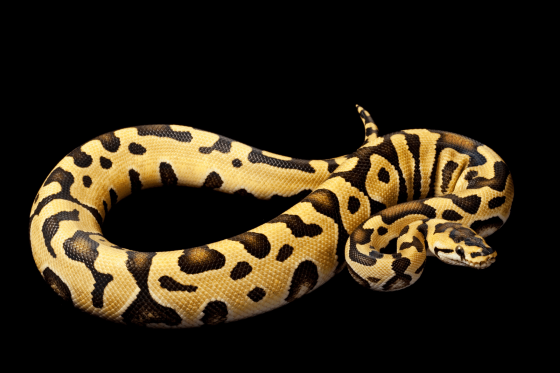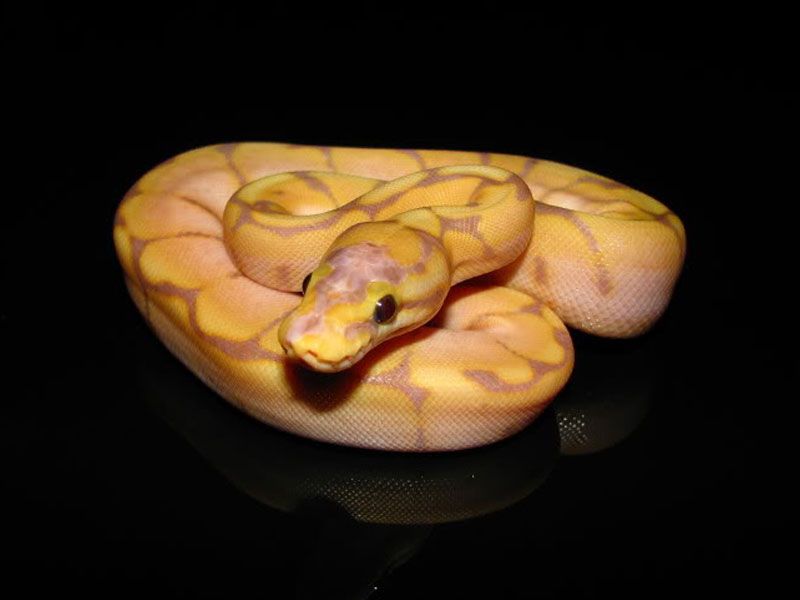When I first brought home a Burmese python, I thought I was ready. I had watched videos, read a few care guides, and talked to a couple of reptile owners. But, like many things in life, theory is very different from practice. In this post, I want to share the real lessons I’ve learned while caring for my Burmese python. These are based on my personal experience and are meant to help anyone considering this beautiful but demanding reptile. Whether you’re a beginner or someone looking to improve your care routine, I hope my story can help you avoid mistakes and care for your python the right way.
By the way, if you’re also curious about how ball pythons grow over time, check out my other blog post: What I Learned About Ball Python Weight by Age. It breaks down growth stages in a simple and helpful way.
1. Size Matters More Than You Think
When I picked up my Burmese python as a hatchling, it was small, thin, and easy to handle. I figured a medium-sized tank would be enough for a while. Within a few months, I was proven wrong. Burmese pythons grow fast. Really fast. Mine doubled in size in just six months, and soon the enclosure was way too small.
Lesson: Always plan ahead. Don’t buy a small tank thinking it’ll last you long. Burmese pythons can grow up to 18 feet. If you don’t have space for a large, secure enclosure, this snake might not be the right pet for you.
Enclosure tip: I ended up building a custom enclosure using wood and plexiglass, with proper ventilation and locking doors. It cost a bit more, but it gave my python the space and comfort it needed.
2. Temperature and Humidity Are Critical
In the beginning, I struggled with maintaining the right environment. Burmese pythons need a warm and humid setup to stay healthy. I once let the temperature drop too low at night, and my python developed a minor respiratory issue.
Lesson: Never guess the temperature or humidity. Use proper tools.
What I use now:
- Thermostat-controlled heat mat
- Ceramic heat emitter for nighttime warmth
- Digital thermometer and hygrometer
- Regular misting and a large water bowl for humidity
Ideal conditions:
- Temperature: 88-92°F on the warm side, 78-80°F on the cool side
- Humidity: 50% to 70%
Getting these numbers right made my python more active, improved its shedding, and kept it healthy.
Also, if you’re wondering about the size potential of other species, take a look at What I Learned from My Own Snake Regarding Banana Ball Python Size. It’s a personal insight that helped me compare the growth of different pythons.
3. Feeding Can Be Tricky
I used to think feeding a Burmese python was just about tossing in a rat. But feeding is a routine that requires attention.
Lesson: Feed prey of the right size. Don’t overfeed. Watch for signs of stress.
My routine:
- Feed once every 10-14 days
- Use frozen-thawed prey (always warmed up to body temperature)
- Avoid handling 48 hours after feeding
One time I handled my python too soon after feeding, and it regurgitated the meal. It was stressful for both of us and a clear sign I needed to respect its digestion time.
Pro tip: Always supervise feeding. If your python doesn’t eat, don’t panic. Sometimes they skip meals, especially during shedding.
4. Handling Takes Patience
At first, I was nervous about holding a large snake. My python was shy too. I learned that building trust takes time.
Lesson: Never rush handling. Always read your snake’s behavior.
What worked for me:
- Short handling sessions (5-10 minutes at first)
- Always support the body properly
- Stay calm and move slowly
Now, my python is very relaxed around me. But it took months of slow, gentle interaction. If the snake is hiding or acting defensive, I give it space. Respect goes a long way.
5. Shedding Needs Monitoring
Shedding is a natural process, but improper humidity or stress can make it difficult. One time, my python had a stuck shed around its eyes. I felt terrible.
Lesson: Watch your snake closely during shedding. Make sure it has proper humidity and rough surfaces to rub against.
What I do now:
- Increase misting when eyes turn blue
- Add a moist hide
- Provide climbing branches and rocks
After a successful shed, your python should have bright eyes and smooth, shiny skin.
6. Cleanliness Is Non-Negotiable
When I started, I didn’t clean the tank often enough. That changed when my python started developing skin irritation.
Lesson: A clean enclosure is key to a healthy snake.
My cleaning routine:
- Spot clean daily (remove waste)
- Change water every 2 days
- Deep clean enclosure every 2 weeks
Use reptile-safe disinfectants, and make sure everything dries fully before placing your python back in.
7. Burmese Pythons Live a Long Time
I didn’t realize that Burmese pythons can live for 20-25 years. That’s a serious commitment.
Lesson: Owning a Burmese python is not a short-term hobby. It’s a long-term responsibility.
Ask yourself:
- Will you be able to care for it if you move?
- Can you afford long-term feeding and vet care?
- Do you have someone to look after it when you’re away?
Thinking long-term is part of being a responsible owner.
8. Every Snake Has Its Personality
My python is calm and curious. A friend’s Burmese is more defensive. You can’t treat every snake the same.
Lesson: Learn your snake’s behavior. Adjust your care routine accordingly.
For example:
- Mine prefers dim lighting
- Loves soaking in the water bowl
- Gets active in the evening
Observing and understanding your python’s habits builds trust and improves care.
9. Vet Visits Are Important Too
I didn’t visit a vet until there was an emergency. Big mistake.
Lesson: Reptiles need regular check ups too.
Find an exotic vet who has experience with reptiles. Annual visits can help catch health issues early. Keep an eye on:
- Breathing sounds
- Weight changes
- Shedding problems
- Appetite loss
10. Burmese Pythons Are Not for Everyone
They’re beautiful, calm, and fascinating. But they’re also big, strong, and require serious care.
Lesson: Make sure a Burmese python fits your lifestyle.
Things to consider:
- Do you have enough space?
- Can you afford the setup and ongoing costs?
- Are you okay with feeding large prey?
If the answer is yes, you’re in for a rewarding experience. If not, consider a smaller species.
Final Thoughts
Owning a Burmese python has taught me more than just how to care for a snake. It’s taught me patience, responsibility, and respect for wild creatures. This journey hasn’t always been easy, but it’s one I’m deeply grateful for.
If you’re thinking about getting a Burmese python, do your homework, talk to other keepers, and prepare properly. It’s a big commitment, but with the right care, your python can thrive—and so can your experience as a reptile owner.
For more helpful reptile insights, be sure to visit Universe Reptiles, where I regularly share tips, guides, and stories from my own snake journey.








